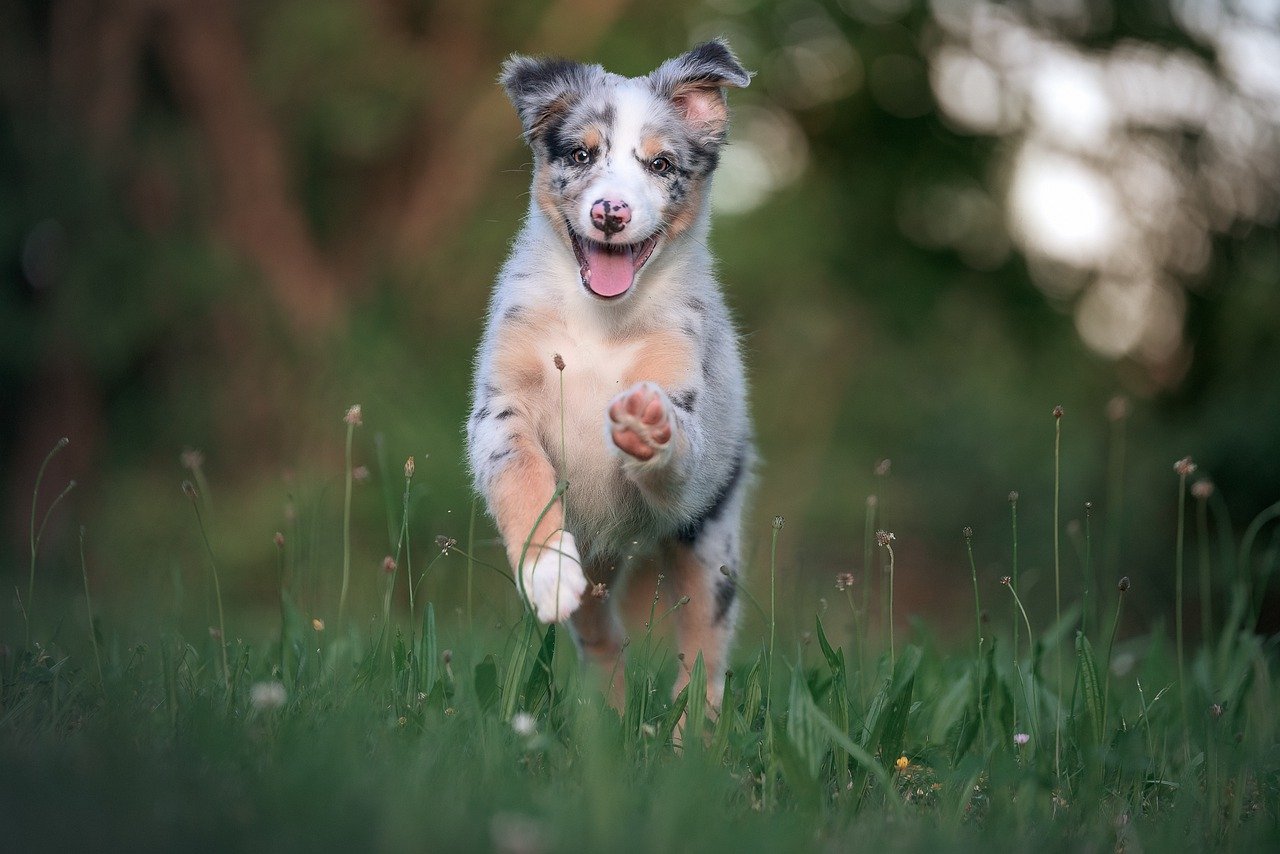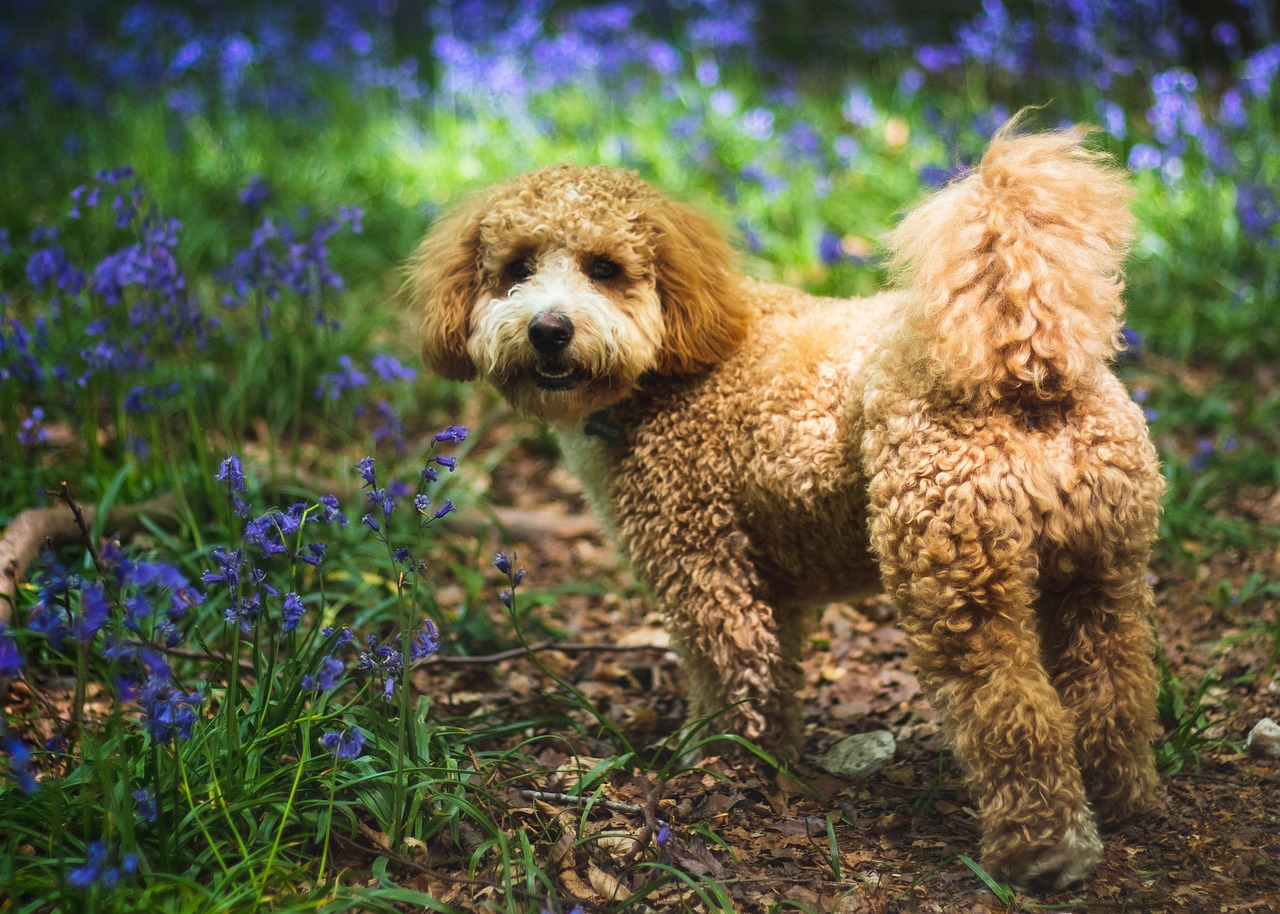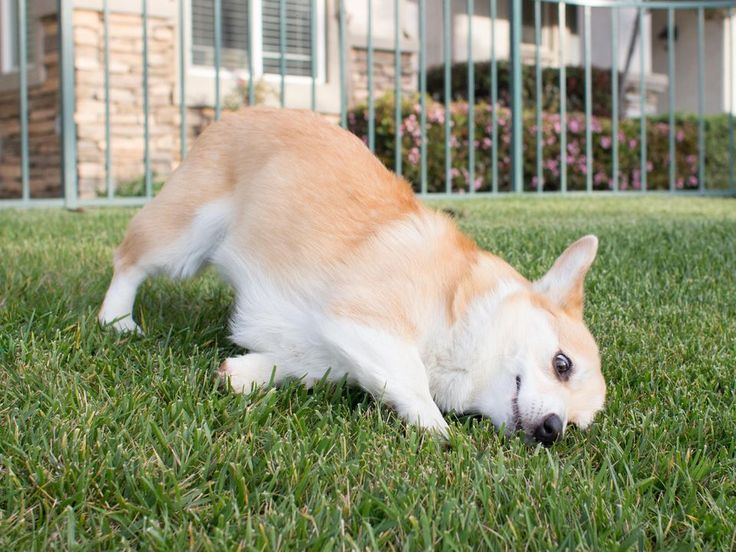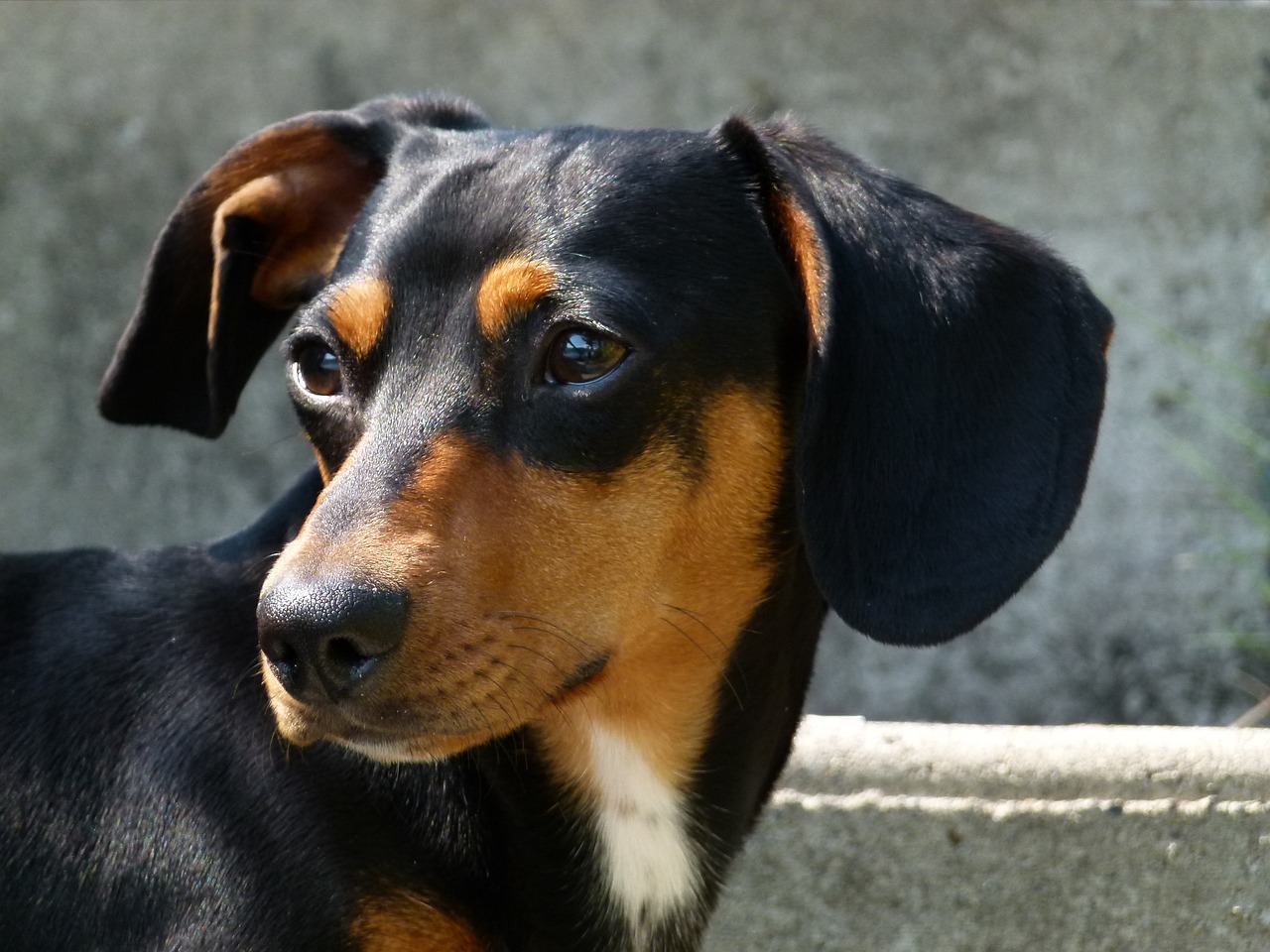
Dogs suffering from canine ADHD have a high level of activity and short attention spans. They can be anxious and clingy. They may also be irritable, anxious, or even needy.
As more and more humans consider their pets as members of the family They discover more similarities between the behaviors of dogs and children.
While it’s adorable as it might seem, it’s hard, too. Dogs who show indications of canine ADHD (also known as Attention Deficit Hyperactivity Disorder) (ADHD) are difficult to learn to train.
Dogs and children share the same cognitive abilities and behavior patterns. One of these behavioral similarities is ADHD.
It’s important to be aware of the behavior of your dog, whether you’ve had multiple pets or have a busy mother, or university student trying to balance dog caring with your university obligations.
If your dog is suffering from canine ADHD it could cause hyperactivity, less attention dog as well as impulsiveness, and bad social behavior.
Someone who suffers from ADHD is often angry and moody and may snap without warning. Children who suffer from ADHD are often unable to focus in school. ADHD can also make children unsocial.
Canines with ADHD are prone to experiencing sensitivity to noise and anxiety. They can also be more dependent and demanding.
Certain breeds are more susceptible to ADHD in comparison to other breeds because of genetics. For instance, German shepherds and terriers are among the breeds most susceptible to ADHD.
For dog owners, it is a blessing that canine ADHD is not a constant. Most often, the dog is only hyperactive or extremely active. If a dog is diagnosed with canine ADHD the dog must display hyperactivity and attention deficit.
The normal puppy behavior

Most puppies are unruly extremely active and unruly. This is normal for young children.
Puppy puppies require time to develop and typically have a lot of energy to consume. This is that’s why the puppy’s training sessions should be short and concentrated.
For normal puppies, it is best to break the lesson into various activities.
However, if you’ve got an animal who suffers from ADHD it is essential to focus on a single task, for example, walking with a leash, or sitting.
Overactive dogs
It’s common for certain breeds to have more energy than others, dependent on their genetics they have.
Certain breeds designed for hunting purposes or to provide security can be aggressive.
The hyperactivity they display is genetic and they require positive reinforcement to assist them in learning how to redirect that energy to normal behavior.
They’re in need of more physical activity Therefore, parents should consider things like flyball, agility as well as running to burn off the stored energy.
Extremely reactive dogs or those that fight back

Certain dogs are more reactive than others, and that’s normal. This is similar to the way that some people are more welcoming than others. Dogs who are hyperactive aren’t necessarily active.
They react to the tiniest alteration in their surroundings (sound, or smell. — with lots of energy. For instance, dogs are agitated by falling leaves or attempt to get a hold of the vacuum cleaner.
If your dog’s reactive behavior is fearful, you might want to consider an item of compression such as the Thundershirt to calm him. Other alternatives to calm him are CBD treats as well as hemp oil to calm dogs.
Attention seekers
Certain dogs will do anything to grab their owner’s interest.
Unfortunately, if you respond only when they are in trouble, you will only encourage them to carry on this behavior in a way that is unacceptable that as exaggerated chewing, barking digging or even jumping.
To combat this behavior and to stop it, take time to spend the time you spend with your pet in a positive way.
Go for walks every day and groom him frequently. You can take the pet to an obedience class and then practice your lessons at your home.
The management of canine ADHD

You can spot an active dog in the beginning when you spot the puppy that is acting differently from other puppies.
The likelihood is higher for him to jump or run when others are calm and calm. He may also react by making a scratch or bite in the event of discipline.
Dogs suffering from Attention deficit hyperactivity disorder are often distracted and are prone to excessive energy and impulsive behavior.
They can be quick to react, which is why the process of teaching your dog to behave can be a challenge. You must be at peace and allow your dog to concentrate.
Canine ADHD is nearly the opposite of dogs suffering from canine autism. As dogs with autism are more likely to sit still and slack-jawed while dogs with ADHD exhibit hyperactive behaviors.
Pets with hyperactivity issues require a calm and organized environment as well as exercise and a healthy diet in order to be the most suitable pet.
Dogs with ADHD may benefit from small doses of Ritalin. If you suspect that your dog is suffering from canine ADHD go to your veterinarian to determine if medication might assist.
Dogs suffering from ADHD that are given Ritalin generally calm down in 30 minutes to 2 hours. The heart rate and breathing also slow down.
However, be aware that dogs that do not have canine ADHD will not react to the medication, and will become overly excited. Their breathing and heart rates accelerate. If you are unsure, consult your doctor.